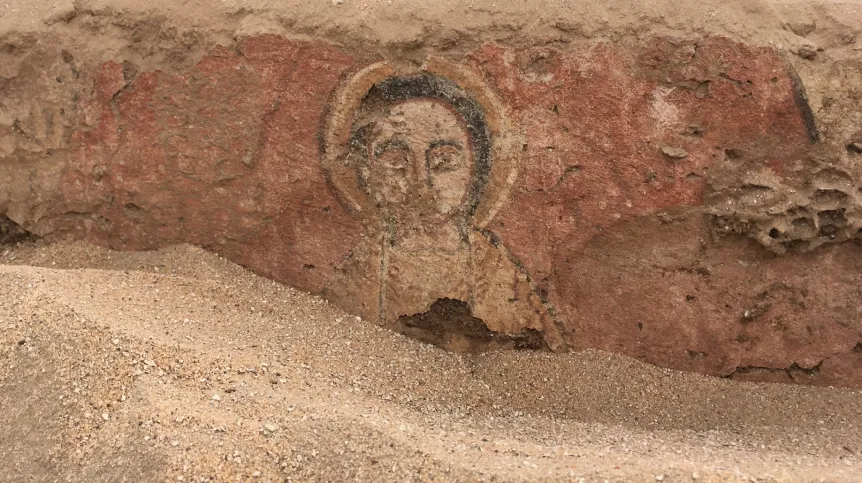
Paintings from 1,000 years ago showing the Virgin Mary with Christ and two archangels have been documented by Dr. Magdalena Łaptaś from the Cardinal Stefan Wyszyński University during excavations in Ga'ab El Lagia Church in Sudan.
The upper part of the church was unveiled during excavations by Professor Yahia Fadi Tahir from the University of Khartoum together with his assistant Dr. Hamad Mohamed Hamdeen from the Nile Valley University and Sudan archaeologists.
In the team of researchers there were no conservators or experts to preserve the paintings, which is why the decision was made to rebury the church ruins. Ewa Parandowska - conservator and Dr .Magdalena Łaptaś who specialises in Nubian iconography at the Institute of Art History at Cardinal Stefan Wyszyński University in Warsaw, joined the team one year later.
The three-nave church was small, about 16 m long. It had the main nave and two side naves. The structure was constructed from dried mud brick and a lining layer of burnt bricks. Greek inscriptions have survived on the walls. Several paintings have also survived despite considerable damage to the structure. They were documented by Dr. Łaptaś.
One of the better-preserved paintings on the eastern wall of the sanctuary shows the bust of Christ Emmanuel (young Jesus) against the background of a standing figure whose upper part has not survived. According to the expert, it is the Virgin Mary.
Dr. Łaptaś said: “This type of representation is called Platytera ton uranon (more spacious than the heavens). It means that the womb of the Virgin Mary is greater than the heavens, containing the unlimited and eternal God. Perhaps the origins of this idea can be found in the pre-Christian vision of the Egyptian goddess Nut, who swallows and gives birth to the sun.”
According to her, this is a unique composition. Until now, this type of representation in Nubian art was unknown. She said: “At the same time, it confirms the strong Byzantine influence.”
According to Dr. Łaptaś, it is not possible to determine the arrangement of the hands of Christ or the Virgin Mary with certainty. It appears that Christ blesses with his right hand, and the Mother of God supports him or is shown in a praying pose. The Virgin Mary is flanked by two archangels at her sides, both dressed in richly decorated ceremonial attire. The heads of both figures are incomplete, their shoes are embroidered with pearls.
The archangel standing on the right side of the Mother of God is probably Michael. In his left hand he holds a ball - globe, a symbol of rule over the world. On the left side of the Mother of God and Christ stands a second archangel, probably Gabriel. This figure is incomplete. He is dressed almost identically to Michael.
According to Dr. Łaptaś, the paintings date from between 9th and 11th century CE, the flourishing period of Nubian painting. From the 6th to the 15th century, the Nubian kingdoms located between the 1st and 6th cataracts on the Nile formed an important Christian cultural centre. One of them was the powerful kingdom of Makuria, which resisted the Arab invasions for a long time. The paintings presented at the National Museum in Warsaw, brought from the cathedral in Faras come from the northern of the Kingdom of Nobatia. Polish scientists evacuated some of them before flooding in the 1960s.
The Ga'ab El Lagia Church is located south-west of the 3rd cataract, on the west bank of the Nile. Research on paintings in Ga'ab El Lagia started in 2018. The scientists have not presented the find yet due to the pandemic, among other things. Dr. Łaptaś presented the results of research during the 24th International Congress of Byzantine Studies (Venice - Padua, 22-27 August 2022). The researcher is counting on the discussion about these paintings in the international group of experts.
PAP - Science in Poland, Szymon Zdziebłowski
szz/ ekr/ kap/
tr. RL
Gallery (4 images)
-
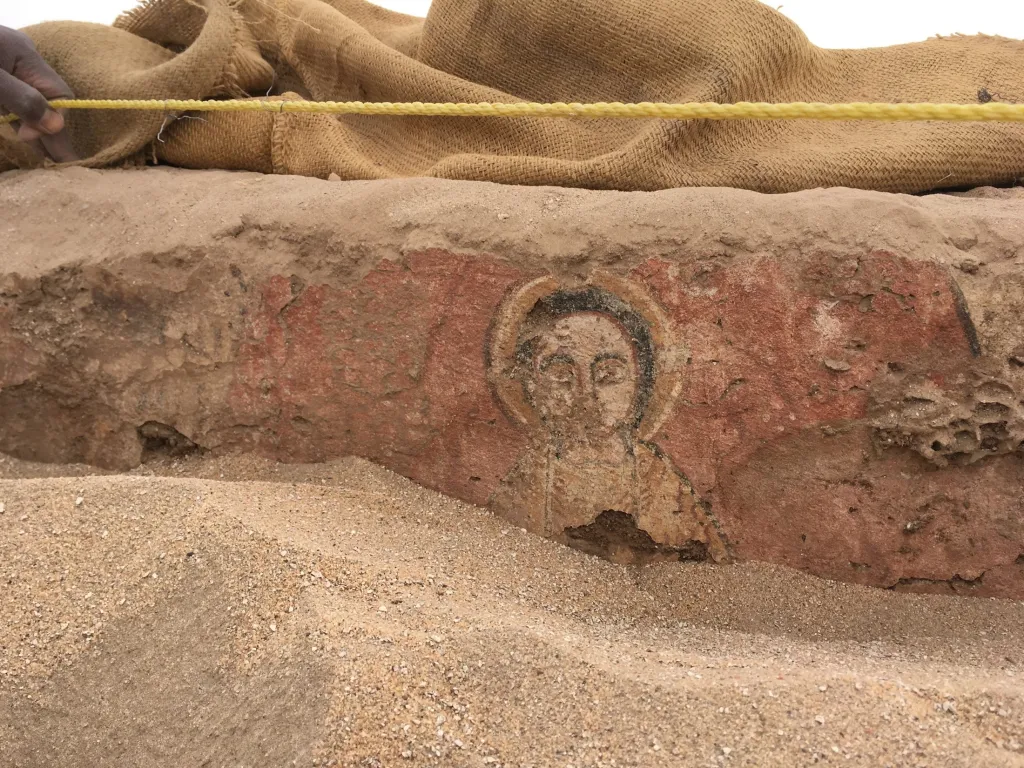 1/4Credit: M. Łaptaś
1/4Credit: M. Łaptaś -
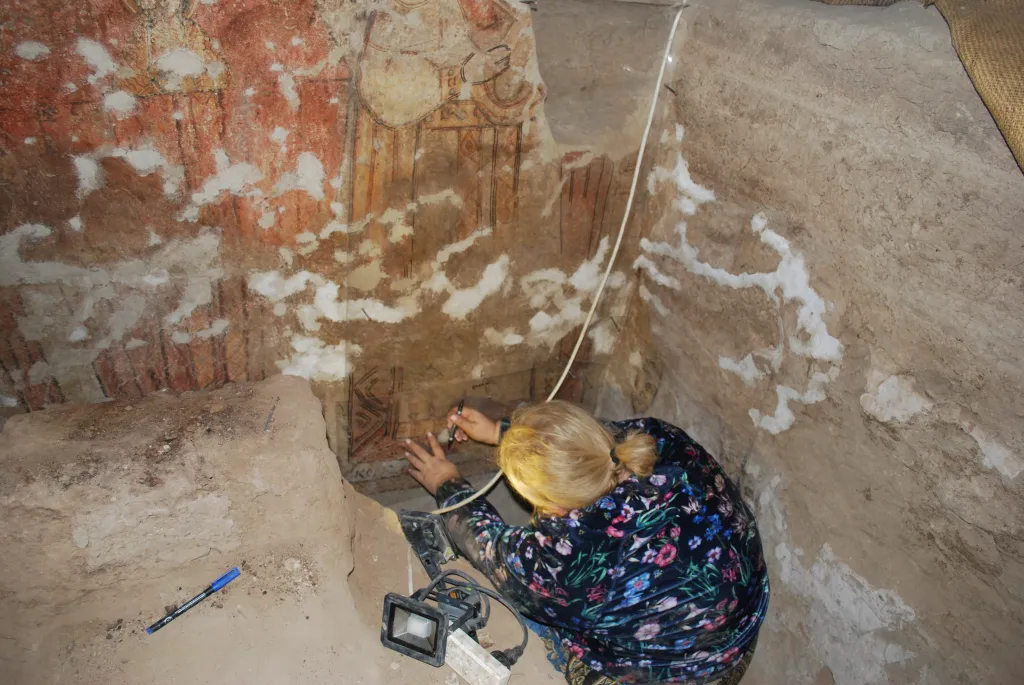 2/4Credit: M. Łaptaś
2/4Credit: M. Łaptaś -
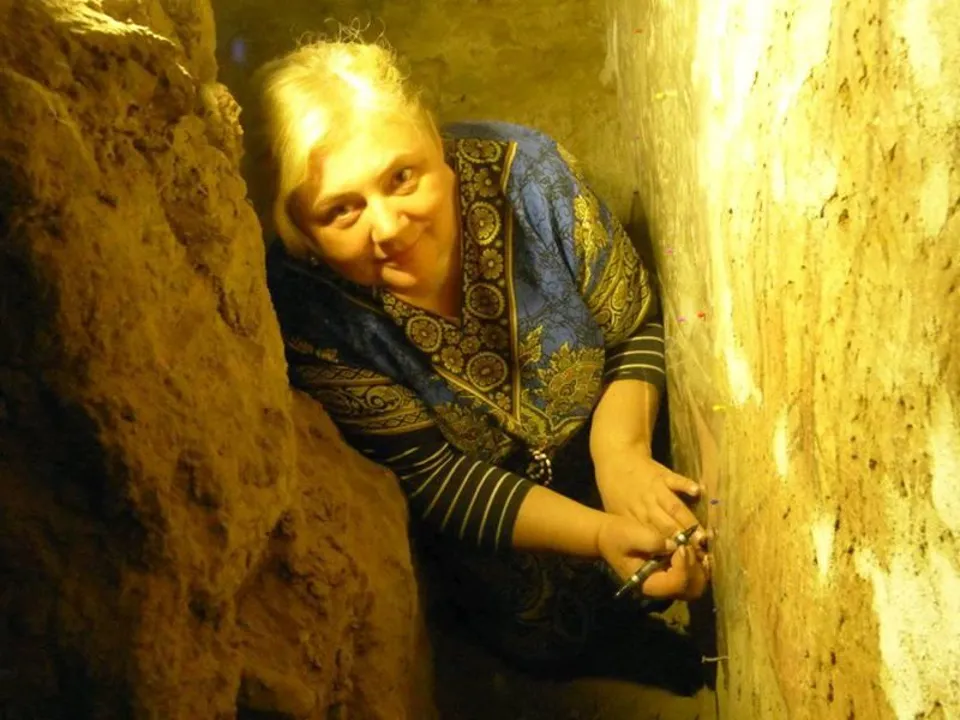 3/4Credit: M. Łaptaś
3/4Credit: M. Łaptaś -
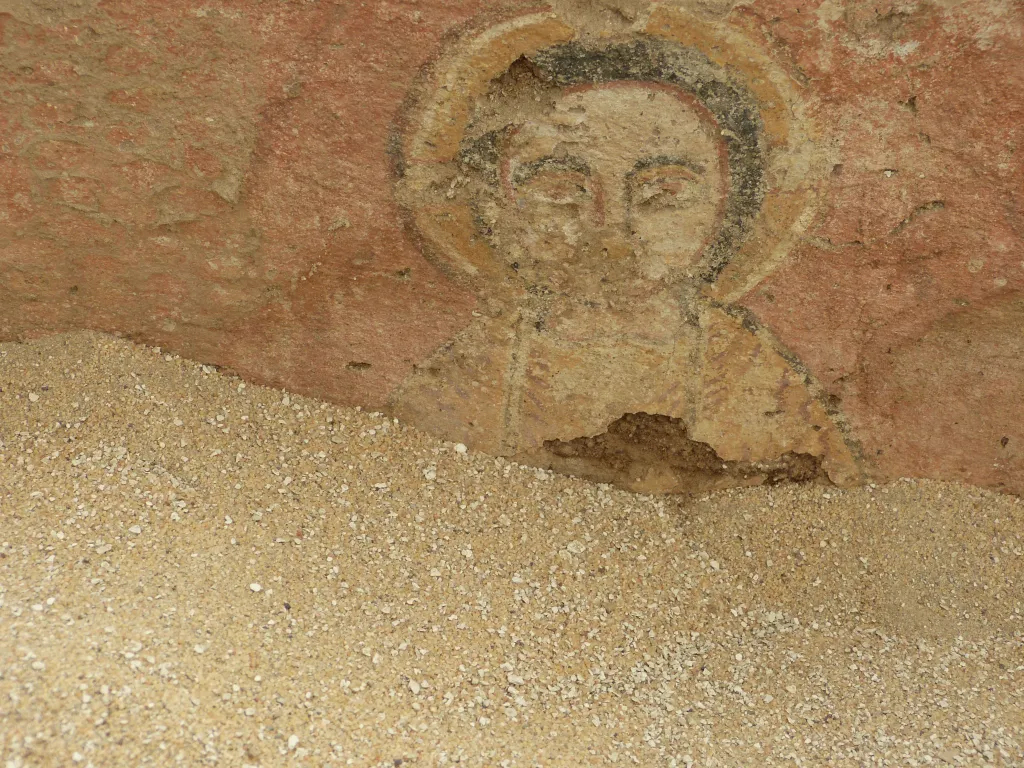 4/4Credit: M. Łaptaś
4/4Credit: M. Łaptaś













